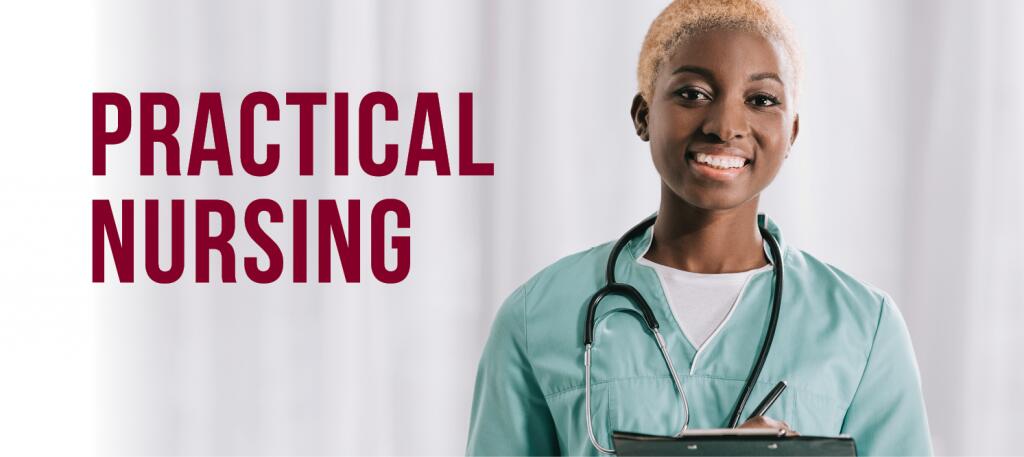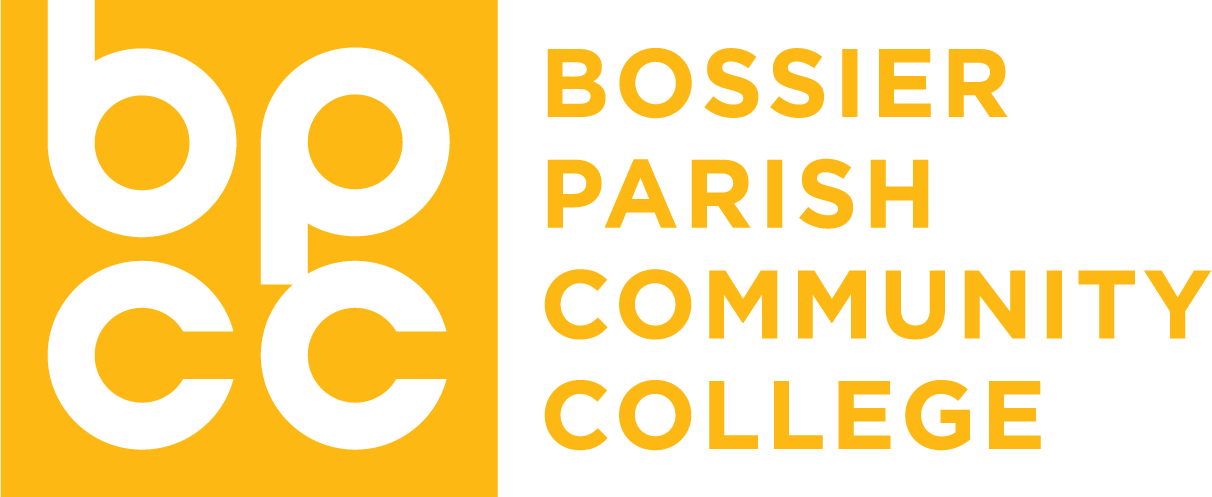
*Daytime classes begin january 2026
Deadline to apply is November 3, 2025.
APPLICATIONS ARE AVAILABLE online by sept. 1st.
Licensed practical nurses (LPNs) work in many settings, including long-term care facilities, acute care hospitals, physician offices, psychiatric and substance abuse treatment facilities, and home health care.
- Local job demand for LPNs is high and expected to grow
- PN program can be completed in five semesters
Students must take a placement exam prior to enrollment, such as ACT, Compass, Accuplacer, or TABE if they have not successfully completed English 101 and Math 102. It is imperative that the prospective student takes one of these tests as soon as possible to allow time for any required developmental studies. The TABE test is given on campus every Friday at 8:30 A.M. in room D-118. Schedule your placement test here.
After you apply for admission to BPCC and received your student ID number (CWID), you may apply to the practical nursing program.
Admission to Nursing and Allied Health Programs at BPCC are based on academic achievement and additional program-specific non-academic criteria. Essential Requirements have been established by each program identifying the occupational-specific technical standards required of students in the program. Decisions to apply for admission to the BPCC Practical Nursing Program should be made after considering the Program Essential Requirements.
If a student cannot demonstrate the following standards and skills without accommodation, it is the responsibility of the student to request an appropriate accommodation with the Coordinator for Section 504 and ADA, (Career Services, Building G, 318-678-6005) by the application deadline.
- Current AHA BLS Healthcare Provider Certification
- Satisfactory Physical Examination
- Current OSHA and HIPAA education verification
- Completed Application Packet submitted by deadline
- Health Insurance maintained throughout program clinical
- Background Check(s), including but not limited to a criminal background check
- Negative drug/alcohol screen (may also be performed randomly or ordered if student is under suspicion)
- All science courses must be completed no later than three (3) calendar years from the date of first enrollment in the nursing clinical program.
- Students are responsible for all costs associated with clinical assignments, including but not limited to uniforms, food, immunizations, and parking fees.
- Students are expected to furnish their own transportation to clinical sites.
- Students are expected to attend clinical during specified hours.
- Students who are selected for the nursing program must be available daytime, evening, and occasional week-end clinical rotations.
- Students selected for the nursing program pay additional lab, testing, and clinical fees in addition to standard tuition and fees each clinical semester.
- Hepatitis B series and titer (Booster or additional series may be required if immunity not achieved)
- Tetanus (within 10 years)
- TB skin test (current for the year) or negative chest radiograph if skin test positive
- Varicella Zoster titer (vaccine may be required if immunity not achieved)
- Rubella and Measles (Rubeola) titer (vaccine may be required if immunity not achieved)
- Influenza Vaccine (current for the flu season that corresponds with the clinical rotation)
- Additional immunizations may be required by some clinical affiliates (upon receipt of notification of additional requirements, students will be notified)
- Kneel or Stoop Freely - To floor to adjust patient position or assist with equipment; inspect feet etc.
- Reach Above Head - In standing, to adjust and position equipment
- Lift; Pull; Guide - To move a patient – using 1-man or 2-man technique
- Transfer (150 lbs.)
- Push/Pull (50 lbs.) - Large-wheeled equipment; patients on stretchers on in wheelchairs
- Walk - For extended periods of time to all areas of a hospital
- Speed and Agility - To protect a walking or moving patient from falling
- Assume a Wide Base of Support, Balance - To guard, maintain and correct balance of an unstable patient
- Climb - Stairs & inclines while safely guarding an unstable patient during an evacuation
- Vision (with or without corrective lenses) - All functions of physical examination – patient physical appearance, discriminate color changes, facial expressions and non-verbal communication, normal and abnormal patterns of movement. Therapeutic interventions, e.g. insertion of intravenous catheter, nasogastric tube etc.
- Touch (Feel) - Perform palpation e.g. check pulses, discriminate sharp and dull, and other palpation functions of physical examination.
- Hear - Patient call systems, monitor alarms, timers, blood pressure sounds using a stethoscope, patient voices of all pitches, cries for help and demonstrate active listening skills.
- Smell - To detect odors related to patient assessment.
- Speech - Speak and understand English.
- Read - Typed, handwritten, chart data and computer-generated documents in the English language; at a level of competency that allows safe and timely execution of essential tasks or assignments.
- Understand; Interpret - Medical terminology and information given regarding status, progress and safety of a patient; to follow simple and complex instructions (oral and written) regarding patient care; and communicates with others based on their non-verbal communication and/or behaviors.
- Follow Directions - Accurately and efficiently, seeking clarification when needed
- Write - To produce legible handwritten or computer word processed documents; use correct medical terminology, spelling, grammar and punctuation; organize and express thoughts in written form in the English language; to prepare accurate, thorough, legally defensible patient documentation.
- Interpersonal Skills - To work collaboratively; interact professionally; to establish rapport with patients, families, colleagues and classmates and with other individuals from a variety of social, emotional, cultural and intellectual backgrounds; maintain confidentiality in all interactions.
- Think Critically - To identify and solve problems; identify cause – effect relationships in clinical situations; develop and implement a nursing plan of care according to process and to respond instantly in emergency situations.
- Comprehend - Relevant information regarding patient diagnosis, nursing interventions, indications and contraindications, human pathology and impairments from textbooks, medical records and professional literature as evidenced in actions and nursing care plan.
- Prioritize - Integrate patient information and other data gathered to make decisions about nursing interventions providing for patient safety and appropriateness.
- Calculate - To collect and correctly interpret accurate patient information. Correctly performs basic math equations to ensure accuracy of
- medications given to patients.
- Make Clinical Decisions - To respond quickly and appropriately to changes in patient status; to analyze written, observed, or verbal data about patients and make appropriate nursing decisions.
- Short-Term and Long- Term Memory - To remember data accurately and quickly from the chart and information relayed in verbal exchanges with other members of the health care team and patient; to access learned knowledge to include but not limited to diagnosis and contraindications for procedures; to participate successfully in the learning and evaluation of knowledge within the nursing curriculum.
- Think Quickly and Clearly - To execute all duties unimpaired by any condition or substance that alters mental processing, speed or quality of thought processes or judgment.
Contact Information
Melissa Pietsch-Snellgrove, BSN, RN
Program Director
mpietsch@bpcc.edu
Cindy Adams
Administrative Assistant
cyadams@bpcc.edu
The BPCC Practical Nursing program has been approved by the Louisiana Community and Technical College System (LCTCS), Board of Regents, Southern Association of Colleges and Schools Commission on Colleges (SACSCOC), and the Louisiana State Board of Practical Nurse Examiners (LSBPNE).
